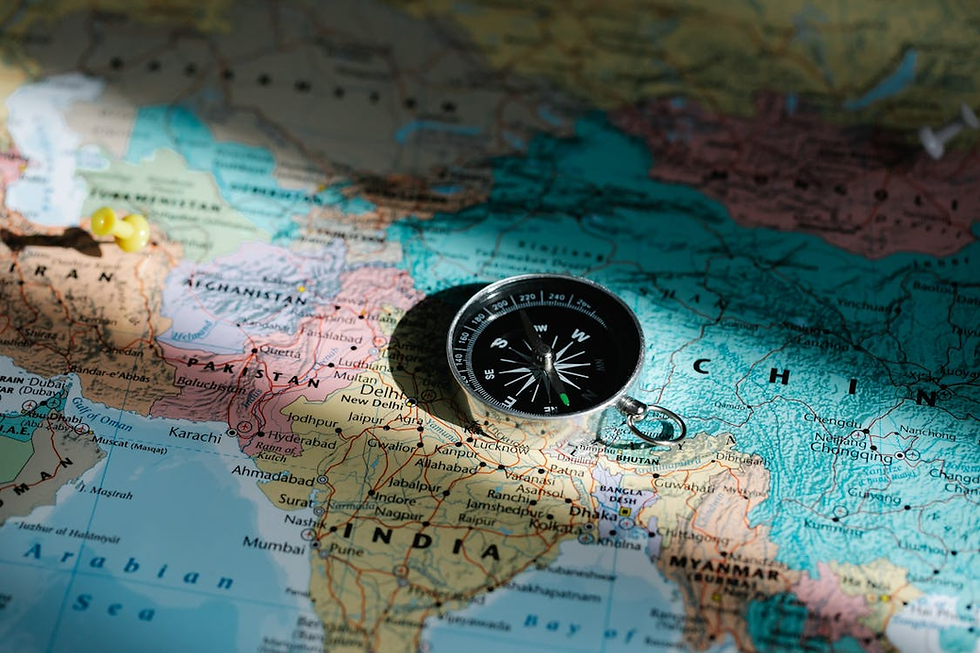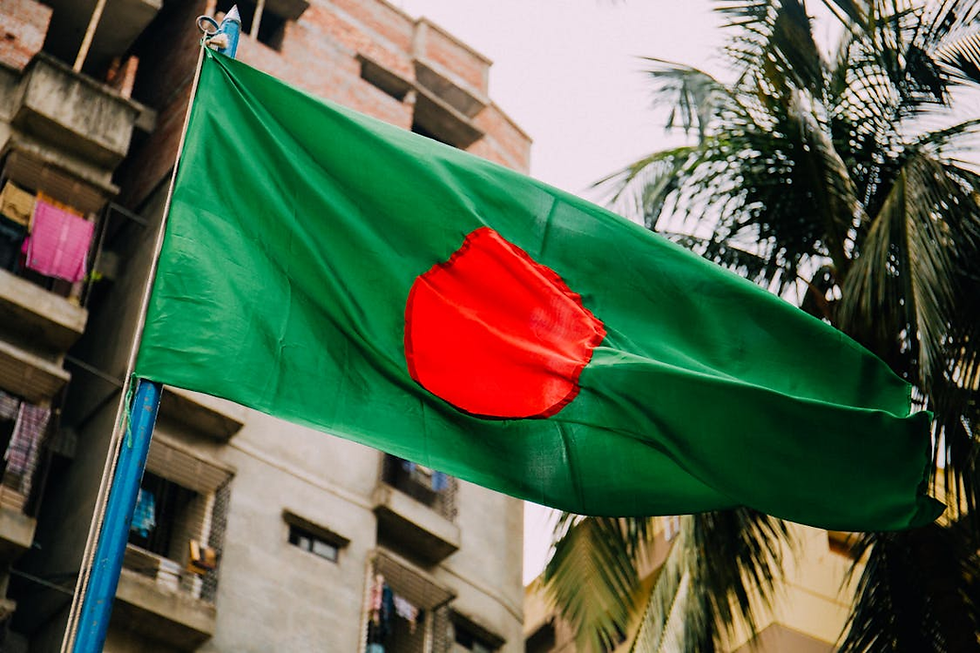China Deploys 60,000 Troops to India Border
- Raunaq Singh Bawa

- Oct 17, 2020
- 3 min read
Updated: Dec 23, 2024
Raunaq Singh Bawa writes about escalating tensions at the Sino-Indian Border, as China has reportedly deployed 60,000 soldiers. Both sides responded to fatal clashes with military and diplomatic talks, however these have been to no avail. As the "Quad" seeks to suppress growing Chinese influence, both armies are set to endure harsh winter conditions amid the Himalayas.
Amidst rising Sino-Indian tensions, US Secretary of State Mike Pompeo recently declared that the People’s Republic of China has deployed 60,000 troops to its border with India.
2020 has seen a rise in military and diplomatic tensions between the two nations, primarily focussed on their unresolved border dispute in the Aksai Chin region claimed by India as part of the Ladakh Union Territory, and by China as part of the Xinjiang Province. Escalating and recurring skirmishes between the armed forces of the two nations in the region, beginning in May 2020, culminated in a significant melee battle on 15th June in the Galwan Valley. This resulted in the death of 20 Indian soldiers.

These clashes were followed by a series of high-level military and diplomatic talks between both parties, but were to no avail. Disengagement and de-escalation efforts, while initially encouraging, have been unfruitful so far, with on-ground tensions remaining high, and potential for further escalation also being so. While de-escalation talks continue, both sides remain rigid in their demands and compromise seems unlikely.
This rise in Sino-Indian tensions comes in the global context of China being increasingly blamed for the worldwide spread of the coronavirus pandemic, and greater diplomatic, military, and economic hostility between China and coalitions such as the Western Bloc (primarily NATO and EU nations) and the Quad Alliance, comprising India, Japan, Australia, and the US.
Tensions are further aggravated by increasing hostilities in the disputed South China Sea, with NATO members pushing for a greater naval presence to counter Chinese influence in the region. Aggressive posturing by the Trump Administration in the US and the Xi Jinping Regime in the PRC has increased threats of armed conflict between the two giants, with the South China Sea being a potential flashpoint.
It is in this context that the Quad members’ Foreign Ministers had their first in-person meeting on 6th October 2020, in Tokyo. Following this meeting, Mike Pompeo did not mince his words:
I was with my Foreign Minister counterparts from India, Australia, and Japan – a format that we call the Quad, four big democracies, four powerful economies, four nations, each of whom has real risk associated with the threats attempting to be imposed by the Chinese Communist Party.
This statement allowed no room for doubt that the Quad is primarily being formulated as an alliance to directly control growing Chinese influence, especially in the Indo-Pacific region. In the same context, while describing China’s “bullying” of Quad members in an interview with Fox News, Pompeo went on to state that China has deployed 60,000 troops to India’s northern border.
If this figure is accurate, there is international cause for concern, as the two nuclear powers may face off on the highest battlefield in the world, with no scope for de-escalation in sight. Recently, Indian and Chinese soldiers allegedly fired live rounds at the LAC (Line of Actual Control) - the de-facto border between the two countries - for the first time in four decades. This incident is yet another red flag.
Indian forces are now dug in and have established a presence at the South Bank of the Pangong Tso lake, in areas like Rezang La and Richen La, across the Chinese claims of the LAC. India has stated that the prerequisite for withdrawal of these forces is the pull-back of Chinese forces from the North Bank of the lake. Thus, New Delhi appears to have prepared for the long-haul through the extreme winter in this region, which is potentially advantageous, given the decades-long experience of the Indian Army in Kashmir and the Siachen Glacier. Unlike the Indian Army however, the Chinese lack similar combat experience in wintertime; attrition in the coming months may prove to be costly to the People’s Liberation Army.
India’s increasing military assertion, coupled with China’s perennially hawkish and revisionist policies, will only contribute to more escalation. The frigid peaks of the Himalayas are a ticking time-bomb, and only time will tell whether cooler heads will prevail.

_edited.png)



Comments